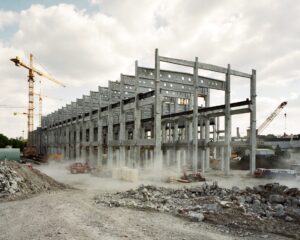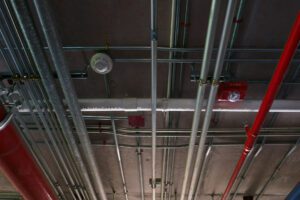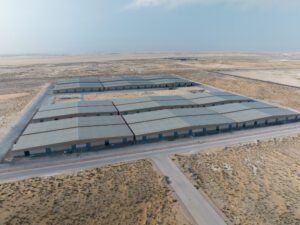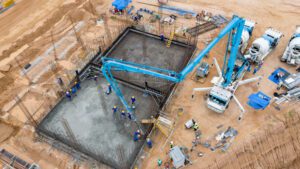Construction labor cost estimation may be challenging, and commercial estimators are under intense pressure to get it right or risk serious repercussions. It’s proper to work under pressure. Miscalculations resulting in an erroneous quotation or estimate can have various adverse effects, including the loss of money and new business, decreased profit margins, angry clients, and even staff resignation. Estimating construction labor expenses is the first step in learning how to calculate precise bids and estimates. You will discover how to estimate labor expenses for building in this manual.
Labor Costs Estimation
According to the research, labor costs typically account for 20% to 40% of the entire project expenditure in the construction industry. Along with salary, other expenses that come under the labor category include:
- Payroll taxes funded paid time off, worker’s compensation, and other insurance coverage for tools like automobiles and business phones.
- Payroll theft (which is more common and subtle than you might think)
- Costs of hiring and training
As you can see, labor expenses in construction are highly diverse. It could be the most challenging component of project finances in some circumstances.
Methods to Calculate Labor Cost
Unit Pricing Method
Start doing your estimates utilizing the Unit Price Method if you are serious about speeding up and improving accuracy. A unit pricing might be, for instance, SAR 4.00/SF for painting, provided you are a painter and are aware of your rate.
While most contractors know their prices, they are less aware of their direct expenses. DTC uses digital takeoff, which is an initial step in any estimate. In our workplace, we utilize Planswift, but you can also use Bluebeam, OnCenter, and a few other options. Do not manually estimate, please. Please get digital software if you want to print the plans, use a scale, and highlight them with a marker. Quantity measurement will be significantly quicker and more precise.
Square Foot Method
The Square Foot Method is frequently used in the first stages of a project to estimate the approximate lump sum cost of construction and the duration of the work. Based on the amount of financing available, the owner usually asks at this point whether they should even continue planning their home build. One is typically prospecting for new business with the understanding that an initial estimate of labor cost and material cost is subject to further adjustment. The process involves figuring up an essential cost per square foot and multiplying that figure by the project’s total square footage.
DTC uses this approach.
Using this approach, you should base the price on historical data from your prior building experience or by looking up readily available information. At this early stage, the only papers you would probably be using are rough floor plan sketches and site plan drawings. Therefore, precise dimensions are currently improbable. While you will compute labor costs, it is probably not required at this time to detail unit costs.
Final Labor Cost
The construction blueprints, often known as the actual plans utilized to create the project, are used to determine the final estimate. This set of blueprints has the approval of your local construction authority, which is crucial since you will need this to settle your budget for materials and labor costs. DTC goes into much more depth and includes quotes from any subcontractors it wants to utilize in its final estimate. It will help if one considers the overall labor cost, including labor burden charges like payroll taxes.
DTC helps its clients by offering these methods to determine project labor costs. DTC has a team of expert engineers and designers to make your dream a reality. Have inquiries? Contact DTC at + 966 13 86 777 37














